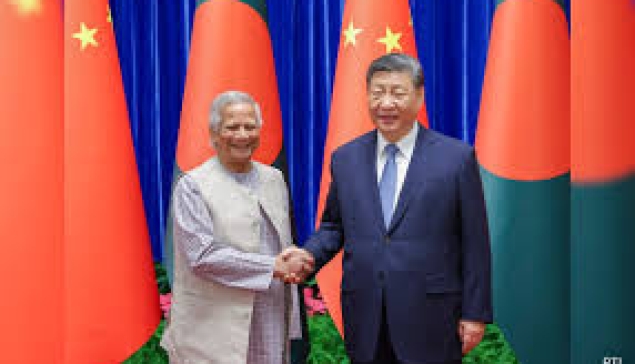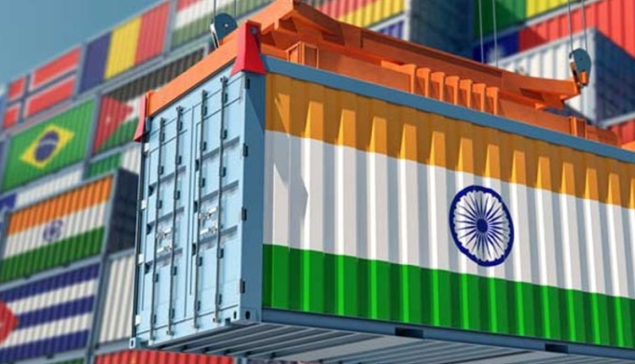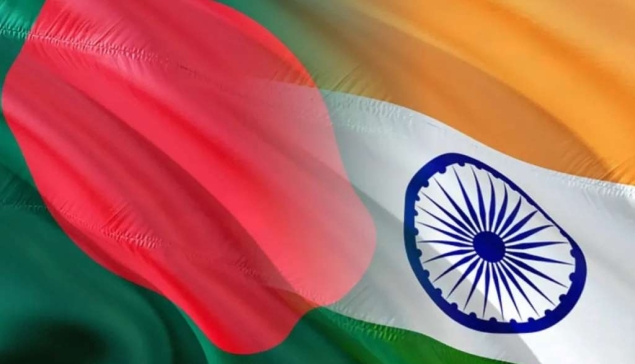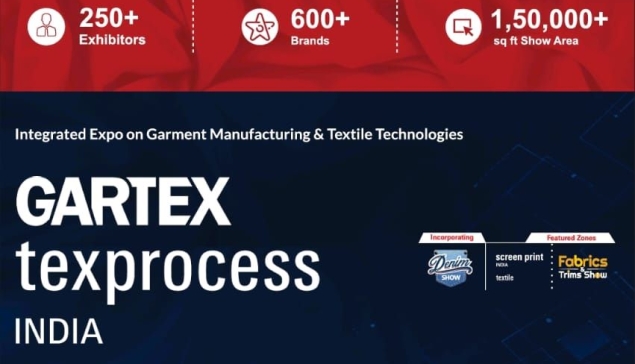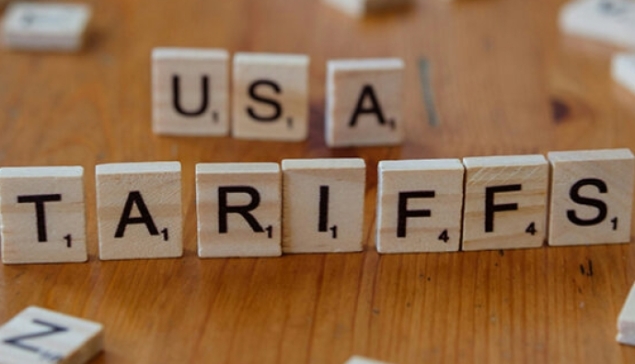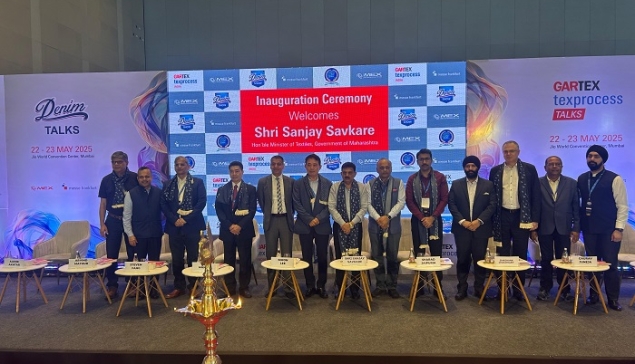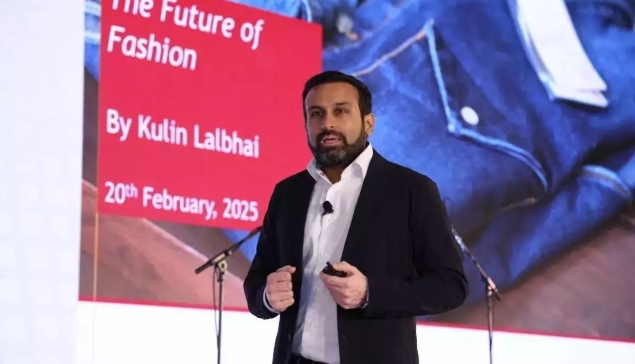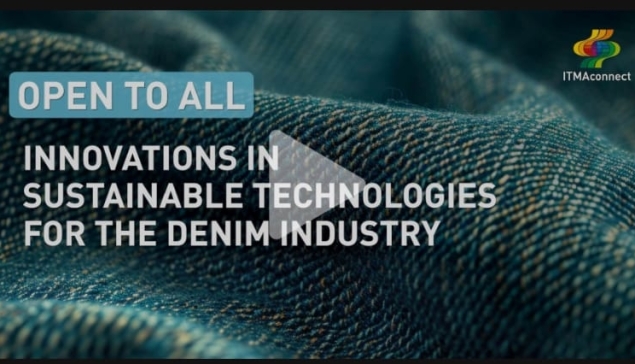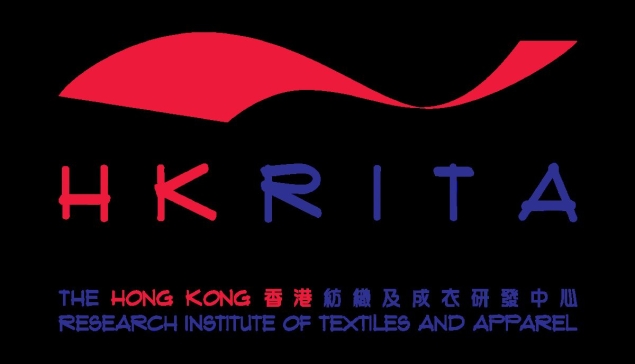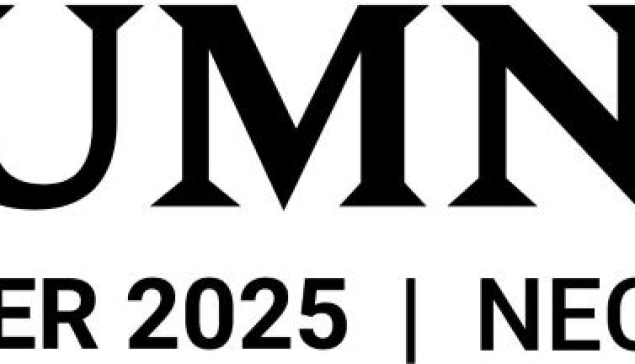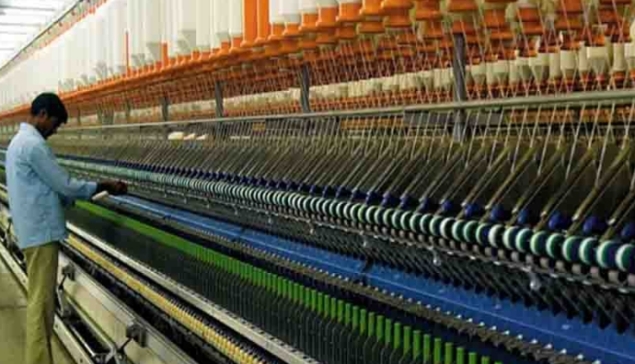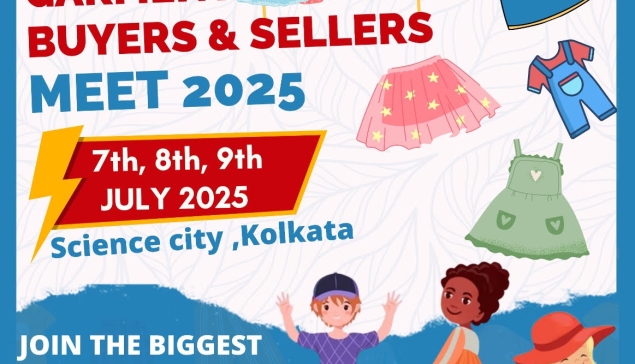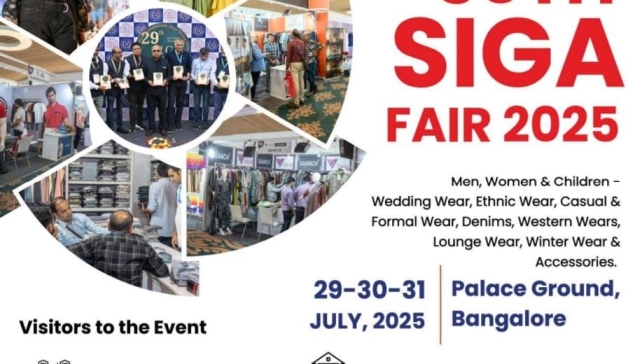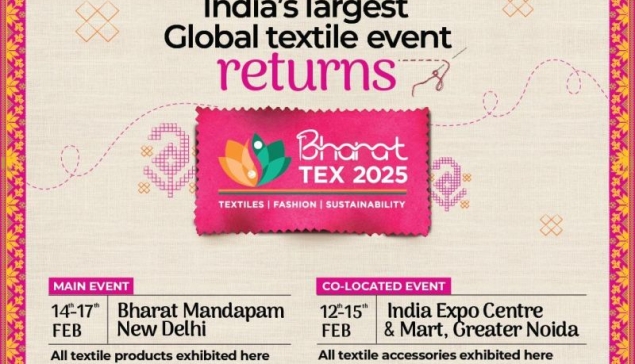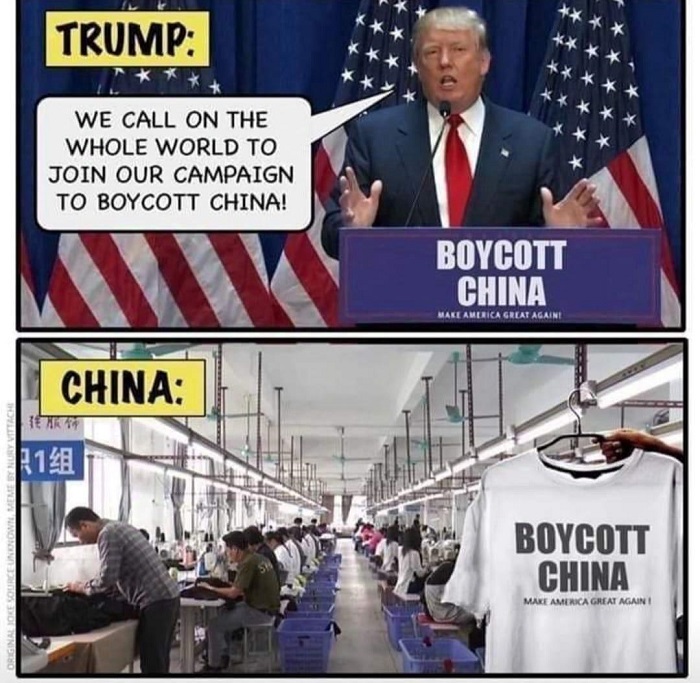Scenario Building
Temporary Tariff Relief: What Lies Ahead?
The 90-day pause offers a crucial window—but not a guarantee. Indian exporters must act decisively to build resilience, scale sustainably, and strengthen global partnerships.
Agility, innovation, and long-term vision—not short-term relief—will determine India’s place in the global textile value chain.
What If China Toes or Resists the U.S. Line?
Scenario A: China Aligns with U.S. Demands
Short-Term Stability: Reduced risk of tariff escalation.
Competitive Headwinds: China could leverage scale to undercut prices.
Buyer Reversion: Importers may return to China as tensions ease.
Scenario B: China Resists or Escalates Tensions
Global Diversification: Sourcing shifts away from China gain momentum.
India’s Advantage: Emerges as a reliable, democratic alternative.
Geopolitical Gains: Enhanced partnerships with Western economies.
In either scenario, India must position itself as a stable, transparent, and competitive alternative.
Conclusion
The 90-day pause offers a crucial window—but not a guarantee. Indian exporters must act decisively to build resilience, scale sustainably, and strengthen global partnerships.
Agility, innovation, and long-term vision—not short-term relief—will determine India’s place in the global textile value chain.
CREDITS: Sanjiv Mehan, Professor in Practice at PIET, is a textile engineer and FMS MBA with over 40 years of leadership in strategy, policy, and sustainable innovation.

